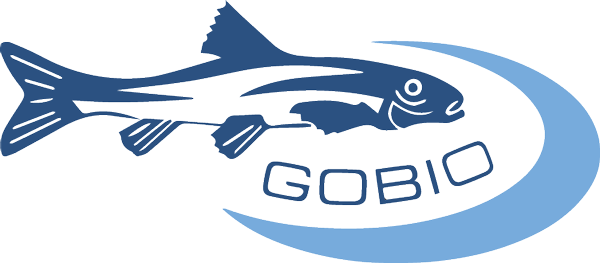Zahn-Wellens-Test
The method according to EN ISO 9888-L25 1999-11 / OECD 302 B is used to determine the elimination and the complete biodegradability of water-soluble organic substances or of wastewater constituents by aerobic microorganisms. It is tested whether the initial test concentration of 400mg disolved organic substances (DOC) is biodegraded or eliminated over a period of 7-21 days. For this purpose, inorganic nutrient salts and sewage sludge from a waste water treatment plant (inoculum) are added to the sample. For chemical testing purposes the choice of the inoclum is triggered by the intended use of the substance or substance mixture. In waste water management of industrial plants, process water or partial flows we use Inocluae from the respective industrial wastewater treatment plant or for indirect dischargers from the receiving municipal sewage treatment plant. The test can also be used to detect a possible impairment of the degradation performance by the test material. For this purpose, the sample is mixed with model substances or mixtures of substances and the decrease in DOC is determined over a period of 7-21 days.
Laboratory sewage plants
Various methods can be used for detecting the biodegradability of pollutants:
In this test method, activated sludge from sewage treatment plants and synthetic sewage is used for testing biodegradability and elimination. Using the activated sludge and other test parameters, the biological stages of sewage treatment plants are stimulated. The test method is based on OECD 303A (coupled unit tests), DIN 38412-L24 and DIN 38412-L26
Inhibition of nitrification
The nitrification inhibition test according to EN ISO 9509 (L38) records effects on the process of nitrification, i.e. the oxidation of the toxic waste water content ammonia to nitrate. Depending on the question, the effect of the test material on the conversion capacity of an inoculum from an industrial or municipal sewage treatment plant is examined.
Growth inhibition test with Pseudomonas putida
With this method according to DIN EN ISO 10712-L8 1996-02, the effect of wastewater constituents on the growth of bacteria is measured. The process is used to assess the negative effects of discharges on the biocenosis and the functioning of sewage treatment plants. The bacterium Pseudomonas putida is used as a substitute for heterotrophic microorganisms in fresh water.






